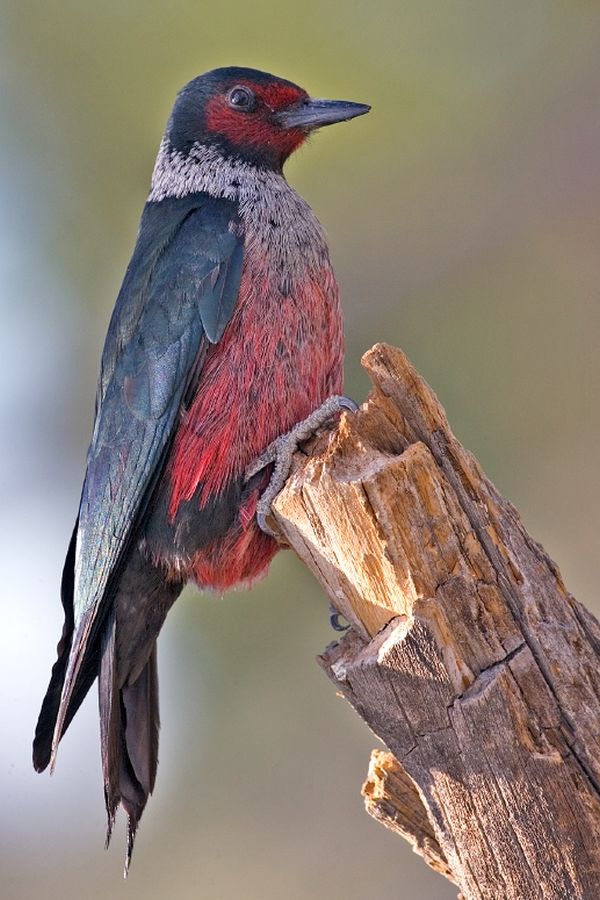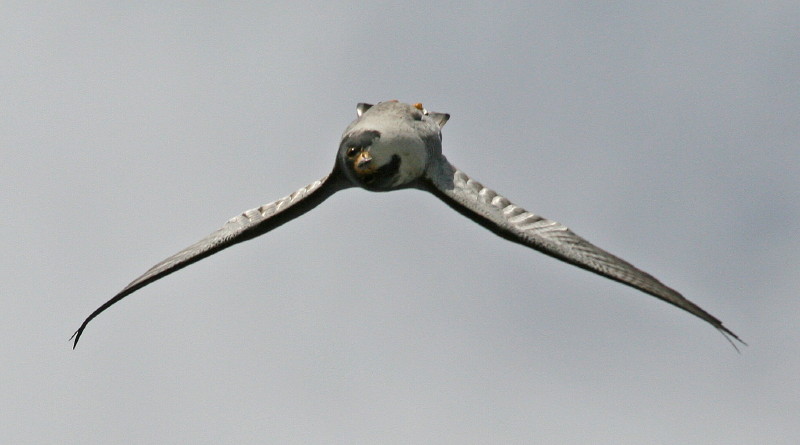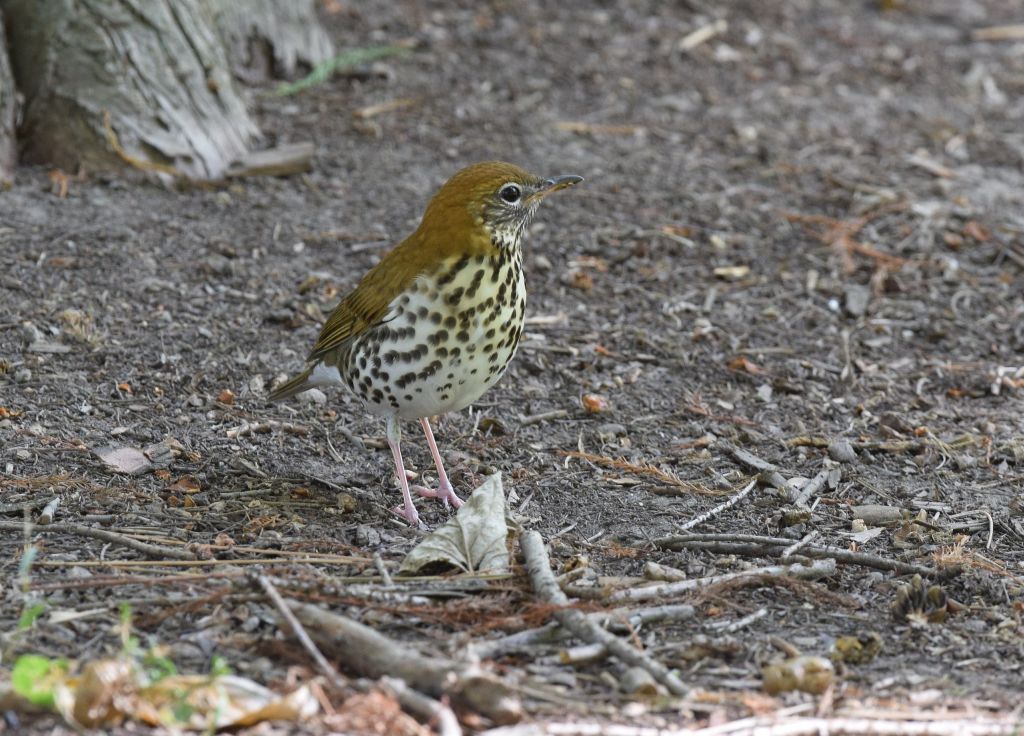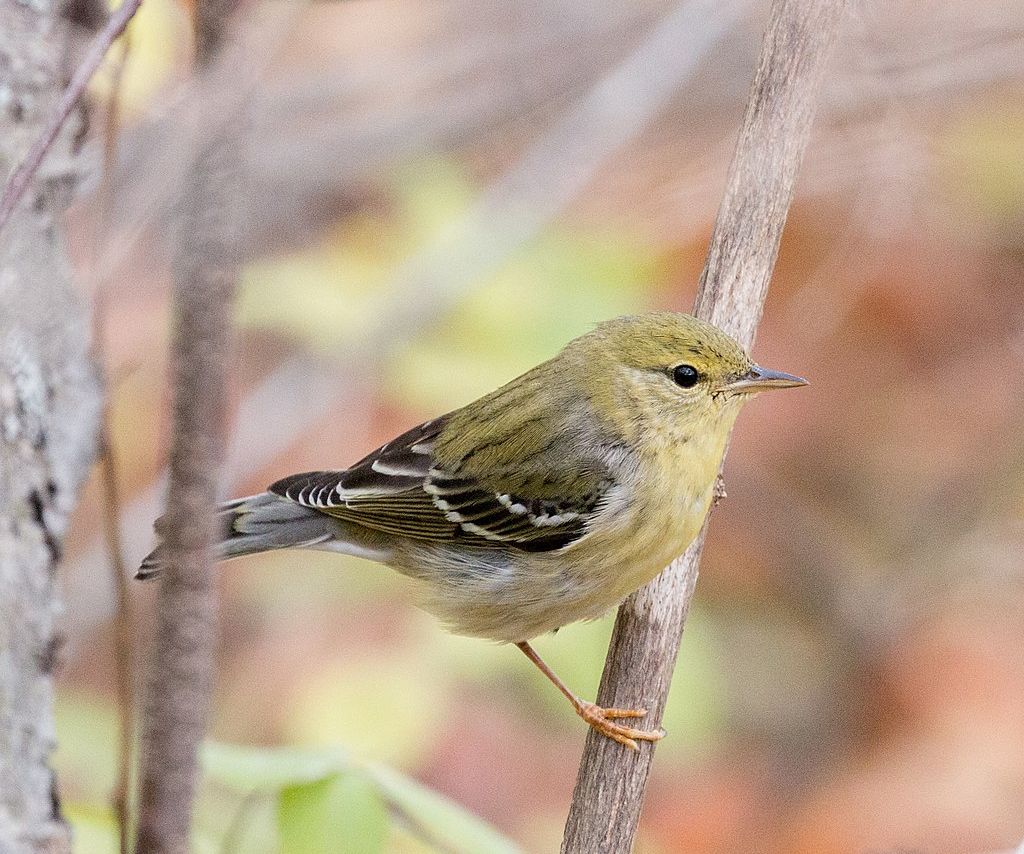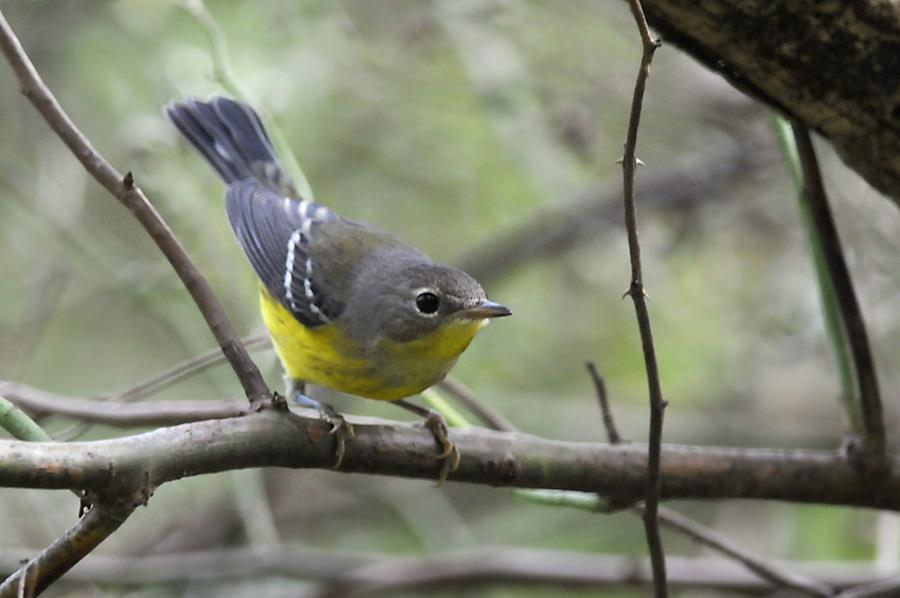
11 December 2021
On Thursday 9 December Charity Kheshgi and I took a walk in Frick Park on the third day in a row of cold weather. Light snow dusted the leaves and logs but the temperature promised to push above freezing by noon.

Best Bird was a very obliging winter wren who finally posed for his portrait, at top, after showing us his tail. Who knew that a winter wren’s tail is so speckled? It’s worth saving a butt shot to see it.

Yellow-bellied sapsuckers were back in town, perhaps a second wave of migrants after the first set left in early November.

A female red-bellied woodpecker was very vocal as she checked out this potential nest hole.

And a wave of juncos (30 of them!) munched seeds in the tall grass blending into the background.

We were surprised to see a northern harrier heading south. At first we identified him by shape (below). Charity was able to see his light underside and black wingtips.

Perhaps the migrants will stick around for a while. On Saturday morning, though rainy, it is 65 F.
(photos by Charity Kheshgi)

